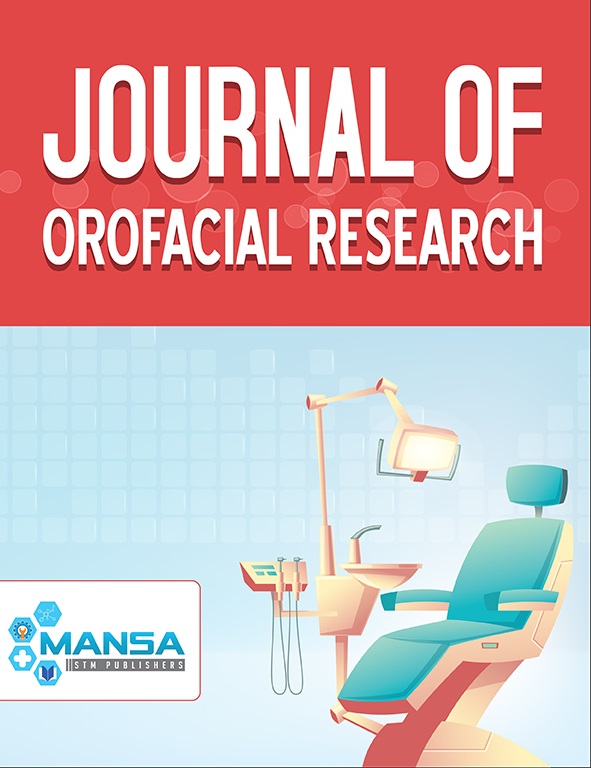Orthodontic Camouflage in Skeletal Class III Malocclusion: A Contemporary Review
Keywords:
Orthodontic camouflage, Skeletal Class III, Adult treatment.Abstract
Early orthopedic intervention can be effective in normalizing skeletal class III malocclusions if patients are treated in a timely manner. There are a large number of skeletal class III patients that either decline or cannot afford surgical treatment. The only alternative is ‘Orthodontic camouflage’ through comprehensive treatment with fixed appliances. The ultimate judgment as to whether orthodontic treatment alone, to camouflage a skeletal problem, would be an acceptable result, or whether orthognathic surgery to correct the jaw discrepancy would be required, must be made by the patient and parents. Class III camouflage logically would be the reverse of class II camouflage, based on retracting the lower incisors, advancing the upper incisors, and surgically reducing the prominence of the chin, in addition, rotating the mandible downward and backward, when the chin is prominent, can be considered a form of camouflage. Even though timing of orthodontic treatment has always been somewhat controversial, it is an agreement in the literature that prognosis is still obscure until growth is completed. A cephalometric analysis is needed to quantitatively record the severity of the class III malocclusion and to determine the underlying cause of the deformity. Although it is agreed that camouflage line of treatment is not an ideal line
of treatment, but it serves its purpose very well in mild range
of skeletal dysplasia’s and in conditions where patient is either
unwilling for orthognathic surgery or in cases were surgery is
contraindicated.

